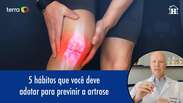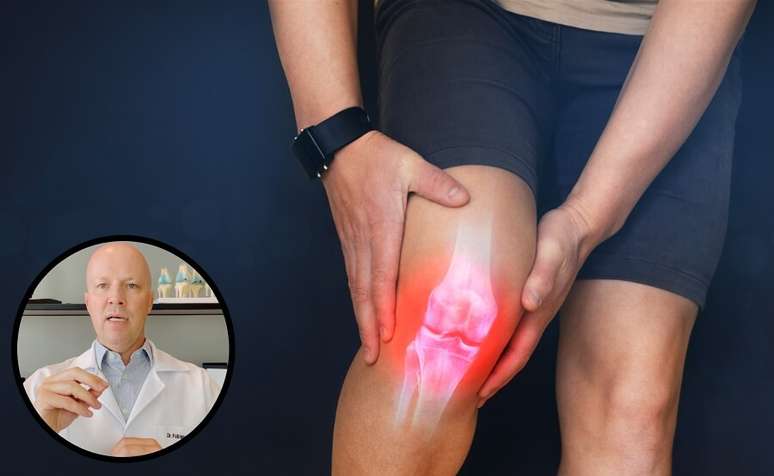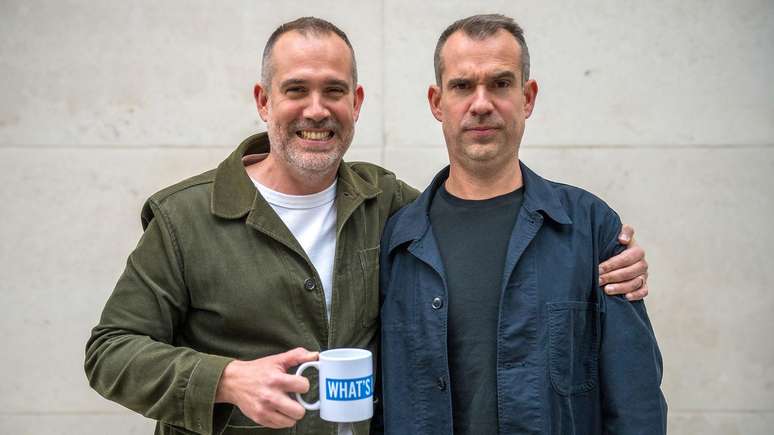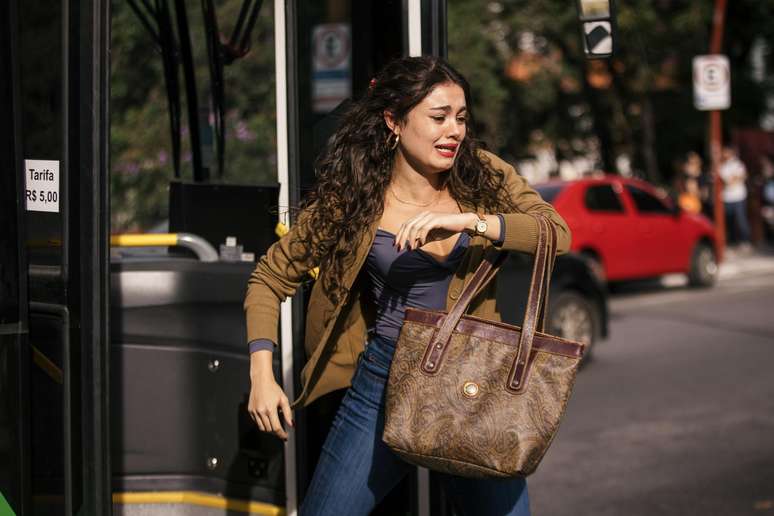The aging population, obesity and high-impact sports are among the main factors
-
BY PARTICIPATING

5 habits to adopt to prevent osteoarthritis
-
BY PARTICIPATING

Heat stroke: attention and care to take during Carnival
-
BY PARTICIPATING
-us0p8q66i7u8.jpg)
A young man who had an allergic reaction after smelling pepper is discharged from the intensive care unit
Osteoarthritis is considered one of the most disabling diseases for humans and its cases continue to increase. According to a study carried out and published by the Institute for Health Metrics and Evaluation (IHME), in the United States, by 2050, almost 1 billion people could be affected by this degenerative disease.
Claudio Mello, knee and hip specialist at Zimmer Biomet, highlights the four main causes of the advancement of this disease, which has affected even the youngest.
“Affecting important joints such as the knee, causing progressive wear of the cartilage, osteoarthritis causes chronic pain, stiffness, swelling and clicking during movements, which become increasingly limited. Considered a common disease among the elderly, the increase in cases is directly related to the increase in longevity of the population, but that’s not all. The increase in obesity, sedentary lifestyle and the practice of high-impact physical activities without adequate guidance has increased the rate of cases even among the youngest,” explains the executive.
To try to reverse this scenario and avoid the impact on the quality of life of these people, as well as the costs for healthcare systems, associated with osteoarthritis, Claudio underlines the importance of adopting healthy lifestyle habits, capable of contributing to the health of joints and delay wear as much as possible.
“If obesity and a sedentary lifestyle are among the main causes of this disease, we must rethink our diet so that it is as balanced as possible, as well as including in our daily routine the practice of exercises that strengthen the bones and muscles, which they play an excellent role in supporting the body and avoiding overloading the joints. High impact activities, which have also led to the diagnosis of arthrosis, must be carried out with caution, always directed by an orthopedic doctor and accompanied by a professional capable of guiding each case”, adds the Zimmer Biomet specialist.
What are the treatments for osteoarthritis?
Again according to Claudio, there are various treatments that can be recommended by doctors to patients who develop osteoarthritis, such as physiotherapy, the use of anti-inflammatory and analgesic drugs, as well as rest and weight loss.
However, as it is a degenerative disease, there is no cure and, as it progresses, replacing the joint with an orthopedic prosthesis ends up being a solution, especially when other forms of treatment are no longer effective.
“Some still fear this type of surgery, called knee arthroplasty, but today there are robotic platforms that have helped surgeons with more precise, personalized and less invasive procedures. As robotic medicine advances, robots like the ROSA Knee System, developed by Zimmer Biomet, are starting to change the world of knee arthroplasties. Intended for surgeons, these robots have made it possible to optimize this type of procedure, helping to ensure that surgical interventions are increasingly personalized, based on the bone anatomy of each patient,” underlines the knee and hip specialist.
Approved by Anvisa (National Health Surveillance Agency), the ROSA Knee System consists of a technology that integrates a robotic arm with advanced software, which performs pre-operative planning in 3D and provides intraoperative data on soft tissue and bone anatomy of the patient, facilitating the operation. the precision of bone cutting and range of motion analysis during surgery. For almost three years in Brazil the solution has already been present in 20 hospitals throughout the country.

To comment on the topic, watch the video with orthopedist Fabiano Kupczik, an international reference in knee surgery and one of the pioneers in performing robotic interventions in Brazil.
inspires transformation in the world of work, in business, in society. Compass, a content and connection agency, is born.
Source: Terra
Ben Stock is a lifestyle journalist and author at Gossipify. He writes about topics such as health, wellness, travel, food and home decor. He provides practical advice and inspiration to improve well-being, keeps readers up to date with latest lifestyle news and trends, known for his engaging writing style, in-depth analysis and unique perspectives.








